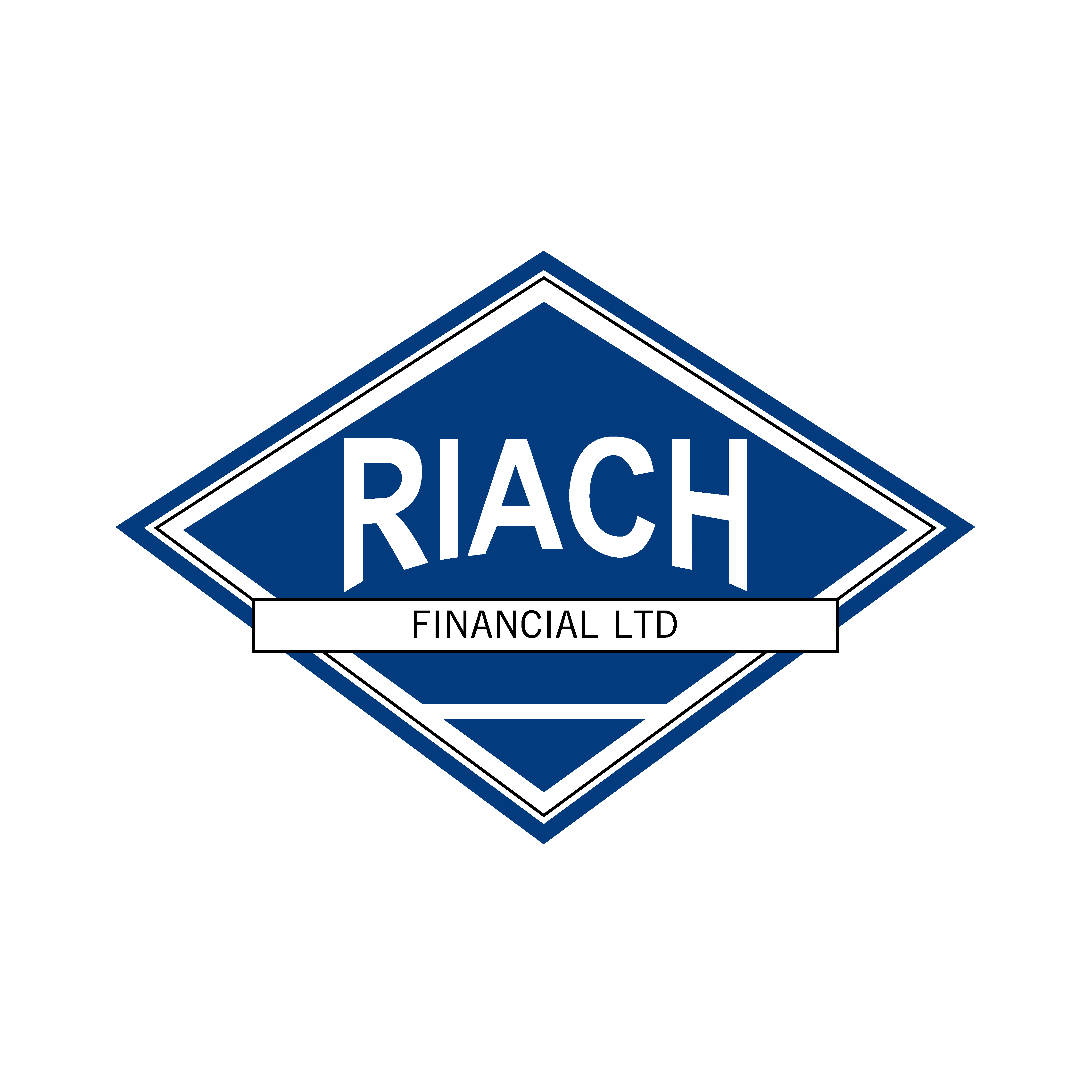The FCA does not regulate solicitors & accountants services and we act as introducers for them.
An Individual Voluntary Arrangement (IVA) is a formal and legally binding agreement between you and your creditors to pay off your debts over a set period. It’s an alternative to bankruptcy and involves making monthly payments based on what you can afford, typically lasting around five to six years. An IVA is arranged by an insolvency practitioner (usually a licensed accountant or solicitor) and requires approval from creditors holding at least 75% of your debt by value.
Pros and Cons of Entering an IVA
Pros:
- Debt Relief: An IVA can provide significant relief from the pressure of multiple debts by consolidating them into a single, manageable monthly payment.
- Legal Protection: Once an IVA is in place, creditors cannot take further legal action against you or add interest to your existing debts.
- Asset Protection: Unlike bankruptcy, an IVA can protect certain assets like your home, although this depends on individual circumstances.
Cons:
- **Impact on Credit Rating:** An IVA will have a serious impact on your credit rating, remaining on your credit file for six years from the start date.
- **Commitment:** IVAs require a long-term financial commitment. You’ll need to maintain regular payments for the duration of the agreement, and any missed payments can jeopardize the arrangement.
- **Fees:** Setting up and managing an IVA involves fees, which are usually included in the monthly payments. These can be high and reduce the funds available to repay creditors.
Reasons Not to Enter an IVA
While an IVA can be a lifeline for some, it’s not suitable for everyone. Here are a few reasons to consider alternatives:
- Long-Term Commitment: As mentioned earlier, IVAs typically last five to six years. During this period, you’ll need to stick to a strict budget and any change in your financial situation can affect the arrangement. If you foresee potential changes in your financial stability, an IVA might not be the best option.
- Potential Asset Risk: Although IVAs can protect certain assets, there might still be some risk involved, particularly if you’re a homeowner. Equity in your property could be used to repay debts.
- Credit Rating Impact: The negative impact on your credit rating can make it difficult to obtain credit for many years, even after the IVA has ended.
4.Eligibility and Approval: Not everyone is eligible for an IVA. Creditors holding at least 75% of your debt by value must agree to the arrangement, and if they don’t, you may need to explore other options.
- Costs and Fees: The fees associated with setting up and managing an IVA can be substantial, and they are deducted from your monthly payments, meaning less of your payment goes towards clearing your debt.
Alternative Solutions
If an IVA doesn’t seem right for you, here are some alternatives:
- Debt Management Plan (DMP): An informal arrangement with creditors to pay back your debts at a rate you can afford.
- Debt Relief Order (DRO): A low-cost alternative to bankruptcy if you have limited assets and low income.
- Bankruptcy: In extreme cases, bankruptcy might be a more appropriate option, although it comes with significant consequences.
- Informal Agreements: Sometimes, contacting creditors directly to negotiate reduced payments or settlements can be an effective approach.
Conclusion
Deciding to enter into an IVA is a significant financial decision that requires careful consideration of your personal circumstances, financial stability, and long-term goals. It’s crucial to seek professional advice and explore all available options to make an informed decision that’s best for your financial future.
I hope this blog helped clarify what an IVA is and why it might not be the right choice for everyone. If you have any questions, feel free to reach out. Your financial wellbeing is worth every careful consideration!

